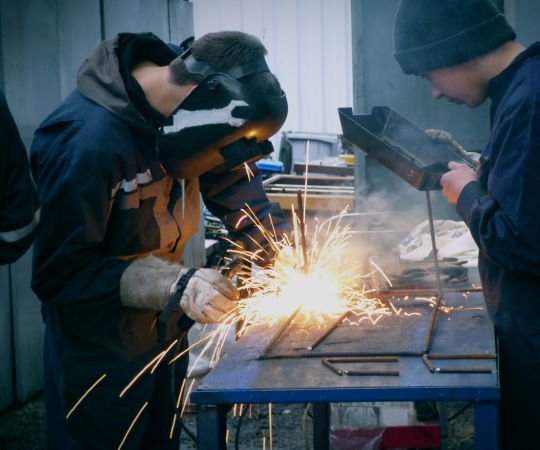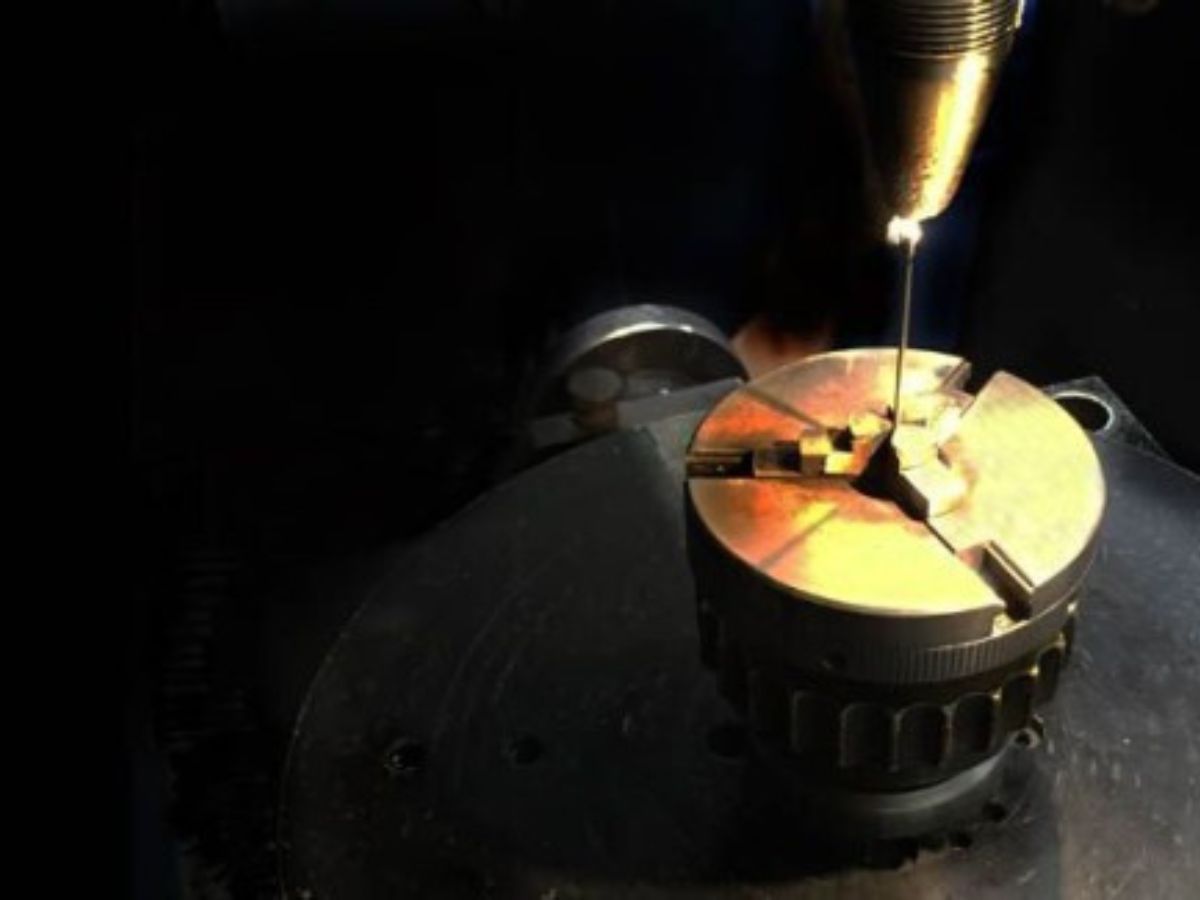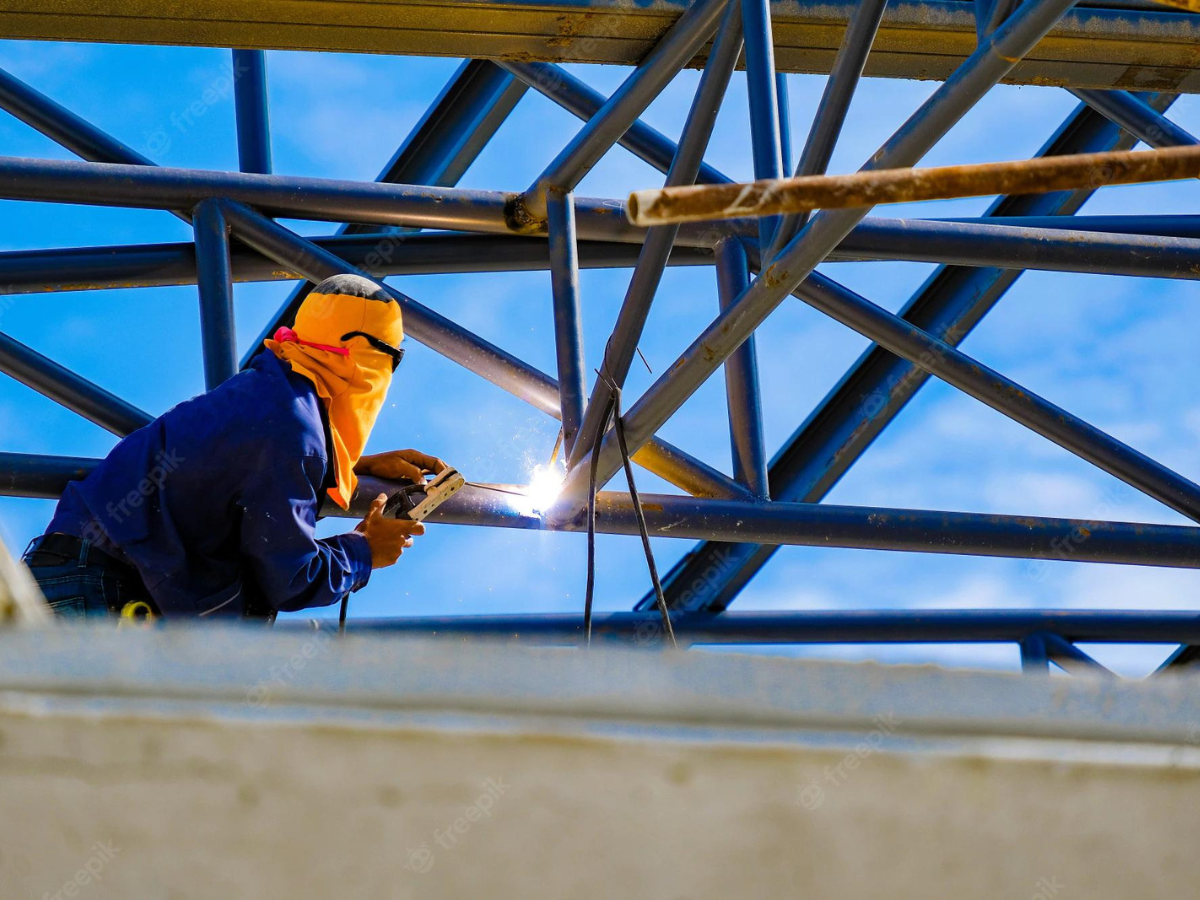Introduction
Welding is a vital process in metal fabrication that brings together various materials, and when it comes to aluminum, the challenges are unique. Understanding advanced aluminum welding techniques is essential for professionals who aim to achieve high-quality results in custom metal fabrication. Whether you’re an experienced welder or just starting your journey, mastering these techniques can significantly enhance your skill set and ensure that your projects stand the test of time.
In this comprehensive guide, we’ll delve into the nuances of aluminum welding, covering everything from basic principles to advanced methodologies. We’ll also provide invaluable welding tips that can make all the difference in your work. So, grab your gear as we explore the exciting world of advanced aluminum welding techniques!
Advanced Aluminum Welding Techniques for Professionals
Aluminum welding requires a deep understanding of its properties and how they differ from other metals like steel. The melting point, thermal conductivity, and oxidation behavior all play crucial roles in determining how you approach each project.

Understanding Aluminum Properties
The Characteristics of Aluminum
Aluminum is lightweight yet strong, making it a popular choice in industries ranging from aerospace to automotive. However, its unique properties present specific challenges during welding:
- Thermal Conductivity: Aluminum dissipates heat quickly, which can lead to warping if not managed properly. Oxidation: Aluminum forms a protective oxide layer when exposed to air, necessitating pre-weld cleaning. Low Melting Point: Compared to steel, aluminum melts at a lower temperature (around 1220°F or 660°C), which can affect joint integrity.
How These Properties Affect Welding Procedures
These characteristics mean that standard welding practices may not suffice. For example, due to aluminum's thermal conductivity and low melting point, employing techniques such as TIG (Tungsten Inert Gas) or MIG (Metal Inert Gas) becomes essential for achieving quality welds.
Essential Equipment for Aluminum Welding
Welding Machines
When it comes to aluminum welding machines, two main types are widely used:
TIG Welding Machines: Ideal for thin materials and precise control. MIG Welding Machines: Better suited for thicker materials and increased speed.Each machine has its xpress mobile welding Phoenix advantages depending on the specific requirements of the job.
Filler Materials
Choosing the right filler material is crucial for successful aluminum welding. Common options include:
- 4047 Alloy: Excellent for casting applications. 5356 Alloy: Great for structural applications due to its strength.
It's essential to match the filler material with the base metal type you're working with.
Pre-Welding Preparation Tips
Cleaning the Work Area
Before beginning any welding project, ensure that your workspace is clean and free from debris or contaminants. This includes removing oil, grease, or oxidation layers from the metal surface using wire brushes or chemical cleaners.
Setting Up Your Welding Machine
Proper setup of your machine can make or break your project:
Adjusting Voltage: Higher voltage settings are often required for thicker materials. Selecting Electrode Type: Choose an electrode compatible with your chosen filler material.Advanced Welding Techniques
TIG Welding Techniques
TIG welding offers unparalleled precision but requires skill and practice:
Maintain a steady hand while guiding the torch. Control the filler rod feeding rate carefully. Use a high-frequency arc start for cleaner starts without contamination.Benefits of TIG Welding
- Greater control over heat input Ability to weld thinner sheets Produces aesthetically pleasing welds
MIG Welding Techniques
MIG welding is often faster but requires attention to detail as well:
Use short-circuit transfer mode for thinner materials. Adjust wire feed speed according to thickness. Employ proper gas shielding methods.Benefits of MIG Welding
- Faster than TIG Easier learning curve More effective on thicker materials
Post-Welding Considerations
Inspecting Weld Quality
After completing any welds on aluminum:
- Look for signs of porosity or cracks. Check bead appearance—should be uniform without undercuts or excessive spatter.
Cleaning Up Post-Weld
Once you've inspected your work:
Remove slag and spatter using appropriate tools. Clean surfaces with solvents if necessary before applying coatings or finishes.Common Challenges in Aluminum Welding
Warpage Issues
Warpage can occur due to uneven heating; using back-stepping techniques can help counteract this problem by minimizing heat concentration at any one point.
Porosity Problems
Porosity typically arises from trapped gases during solidification; ensuring proper gas flow and maintaining cleanliness will mitigate this issue effectively.

Innovative Technologies in Aluminum Welding
Laser Beam Welding (LBW)
Laser beam welding is becoming increasingly popular due to its speed and precision:
- It allows deeper penetration with less distortion.
Advantages of LBW
High-speed processing Automation capabilities Minimal heat affected zoneCustom Metal Fabrication & Its Importance in Aluminum Work
Custom metal fabrication encompasses tailored solutions designed specifically for individual projects:
- Many industries rely heavily on custom metal components made through advanced aluminum welding techniques.
Industry Applications of Advanced Aluminum Welding Techniques
From aerospace parts to automotive frames:
Aerospace: Lightweight structures require precise welds. Automotive: Custom chassis designs benefit from advanced techniques.Safety Practices in Aluminum Welding
Ensuring safety should always be a top priority:
Wear appropriate PPE (Personal Protective Equipment). Keep fire extinguishers nearby. Ensure proper ventilation when using gas mixtures.Tips & Tricks from Experienced Welders
Learn from seasoned professionals by integrating their insights into your practice:
Always practice on scrap metal first! Don’t rush; take time with each weld. Maintain consistent speeds throughout each pass.FAQs about Advanced Aluminum Welding Techniques
What is TIG welding? TIG (Tungsten Inert Gas) welding uses a non-consumable tungsten electrode alongside a shielding gas to produce high-quality welds primarily on thin materials like aluminum.
How do I prevent oxidation while welding aluminum? Pre-cleaning surfaces thoroughly with solvents or mechanical means will minimize oxidation issues during the welding process.
Can I use MIG welders on aluminum? Absolutely! MIG welders are very effective on aluminum; however, you need specialized wires and shielding gas setups compared to those used with steel.

What’s better: TIG vs MIG for aluminum? It depends! If you require precision and clean aesthetics—go with TIG; if speed matters more—MIG might be preferable for thicker sections.
What types of filler rods should I use? Common choices include 4047 alloy or 5356 alloy depending on whether you prioritize strength or ductility in your application needs!
Is automatic equipment worth investing in? Yes! Automated systems help maintain consistency across large production runs without sacrificing quality—a wise investment long-term!
Conclusion
Mastering advanced aluminum welding techniques opens doors not only within various industries but also enhances one's craftsmanship skills immensely! From understanding critical properties unique to this lightweight metal through acquiring specialized equipment knowledge—all facets contribute towards impeccable results!
Remember: practice makes perfect! With diligent effort combined with insights gained here today—you'll soon elevate yourself among peers as an expert fabricator skilled at delivering outstanding custom-metal solutions!
As you embark on this journey towards mastery—stay committed! You'll find countless opportunities await those willing enough push boundaries while embracing complexity inherent within their craft! Happy welding!